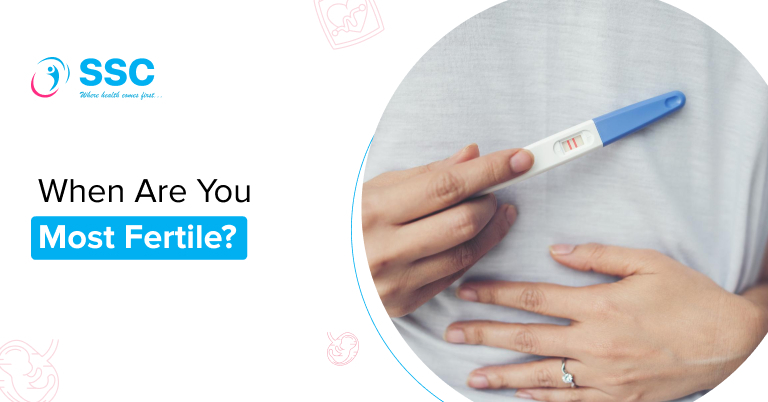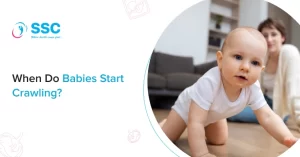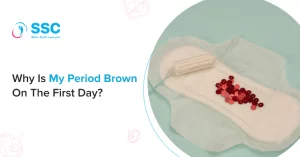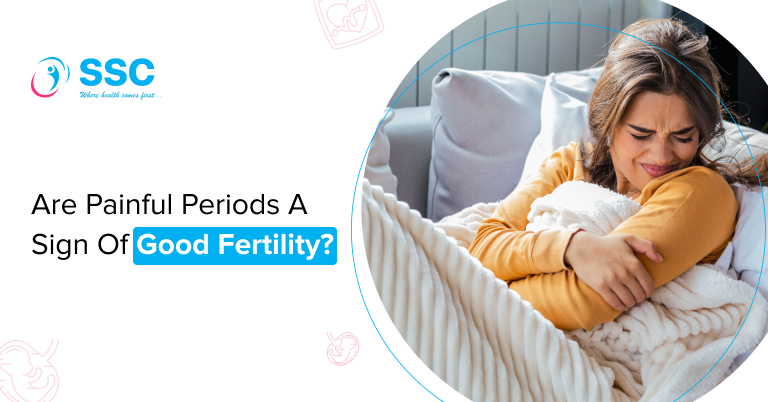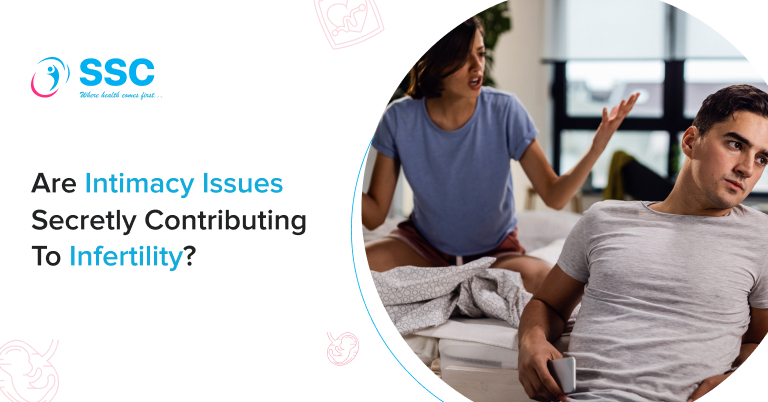When are you most Fertile?
When are you most fertile after your periods? No, may be before your periods. There are many questions and myths we come across while try to look for an answer.
Perhaps you want to get pregnant, or you’re looking at ways not to get pregnant. Maybe all you want to know is what’s going on with your body or the body of your partner.
It’s beneficial to understand what’s happening at each stage of the menstrual cycle, especially when a pregnancy is most likely to occur, regardless of your reproductive plans.
Phases of Menstrual Cycle
The menstrual cycle explains the changes that occur in your body before you become pregnant. Menstrual cycles typically last 28 days, although cycles lasting between 21 and 35 days are regarded as normal.
The following are the phases of the Menstrual Cycle:
Menstruation Phase: If pregnancy does not occur, the uterus lining is shed during menstruation. Typically, two to three cups of blood are lost throughout the period.
Follicular Phase: In this period, one of your ovary’s follicles begins to form an egg while the lining of your uterus thickens. It starts on day one and lasts until about day fourteen.
Ovulation Phase: This is the phase where mature eggs are released from one of the ovaries. In an average 28-day cycle, it usually happens between days 14 and 16 in the middle of the menstrual cycle.
Luteal Phase: Following ovulation, the luteal phase lasts until the beginning of the following menstrual phase. If the egg is fertilized, it thickens the uterine lining and prepares it to support the developing fetus.
28-Day Menstrual Cycle Calendar
Women are most fertile around Day 14, or ovulation, in a regular 28-day menstrual cycle. At this point, an egg becomes available for fertilization after releasing from the ovary.
Given that sperm can live in the reproductive system for up to five days, the possible period is the two to three days that precede and follow ovulation. These days, tracking helps in determining the ideal moment for conception.
The luteal phase, follicular phase, and menstrual phase are further phases of the cycle that influence overall fertility.
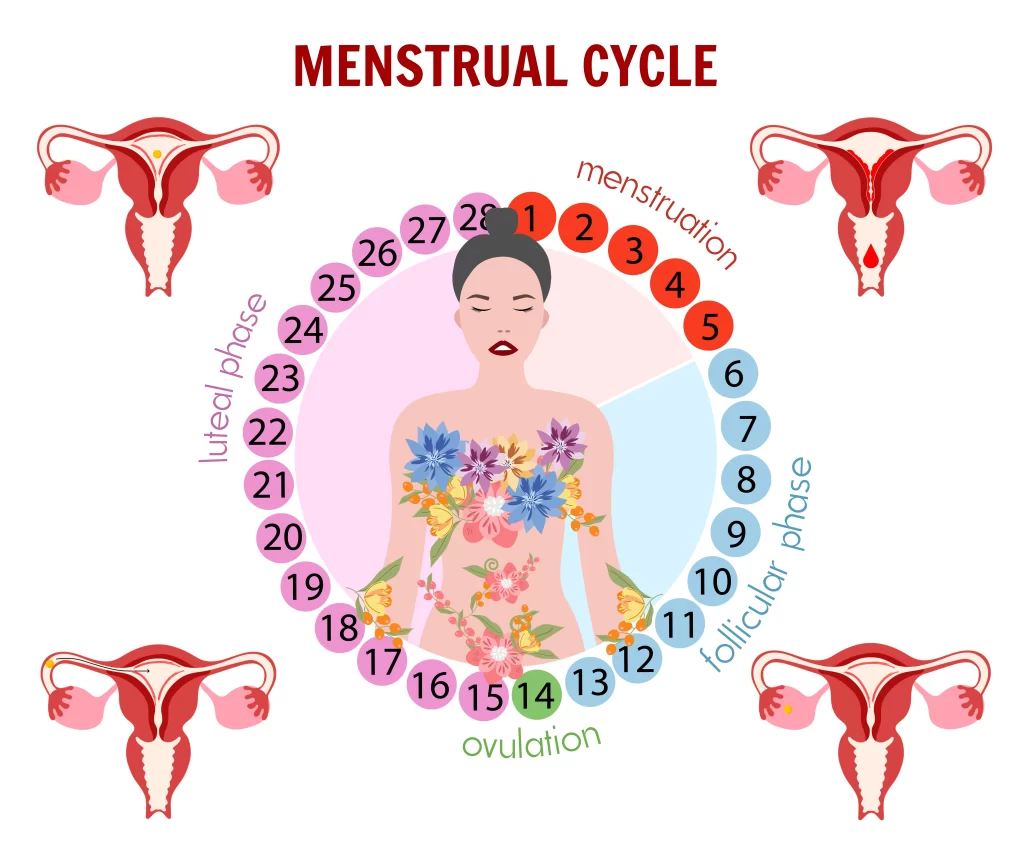
What is a Fertility Window?
The period of your menstrual cycle when you are most likely to become pregnant is known as your fertility window.
You reach your fertile window in the middle of your cycle.
The length of your menstrual cycle can affect the duration and timing of your fertile window. For most people, this window is the three days that start before, overlap with, and follow ovulation.
By working out your monthly fertility window, you can choose the ideal time to have sex if you’re trying to get pregnant.
Ovulation Calendar
To track your fertility window and find the ideal time to become pregnant, you need to know when you are ovulating.
During ovulation, the Luteinizing hormone is released, which allows the ripest egg to develop. Additionally, in order to facilitate sperm’s passage to the egg, your cervical mucus becomes more slick.
You can find out when you could be ovulating by comparing the length of your longest and shortest cycles over six months. You take away 18 days from the shortest cycle and 11 days from the most extended cycle.
These two numbers represent your cycle’s most productive days.
When are you most fertile?
Generally speaking, having sex 1-2 days prior to ovulation increases your chance of getting pregnant.
If your cycle is an average of 28 days, then subtract 14 days from the anticipated start of your next period. Around that time, try to have sex every other day, on days 12 and 14.
Just before and after your period, your chances of becoming pregnant are at their lowest. If your menstrual cycle is shorter than the average 28-day period, you could still be able to conceive during this window of time.
Debunking Myths
Myth: Pregnancy can occur in a woman at any point of the month.
Fact: The “fertile window” of the menstrual cycle is the only time a woman can become pregnant. Having sex on the day of ovulation or two days prior to it increases your chances of becoming pregnant significantly.
Final Words
To wrap it up, knowing your ovulation cycle is essential to figuring out when you are most fertile. Your chances of becoming pregnant might be increased by monitoring ovulation signs, which can help you choose the ideal time for conception.
Contact us, the best gynecology hospital in Bangalore, and schedule an appointment for preconception counseling to increase your chances of conception.
Frequently Asked Questions
When is a woman most fertile?
Ovulation, which usually occurs 12 to 16 days before your next period, is when you are most fertile. It is the most ideal time to try for pregnancy.
When are you least fertile?
You're least fertile during the days right before and after your period. This is not a common time for pregnancy because your body isn't releasing eggs.
When are you most fertile to get pregnant?
Usually, 12 to 16 days before your period, in the midst of your cycle, are your most fertile days. This is the best time to try because this is when your body is prepared for pregnancy
How many days after your period do you ovulate?
You're most fertile about 10 to 14 days after your period starts, when ovulation normally happens. If you're thinking about having a baby, now is the ideal time to try.

